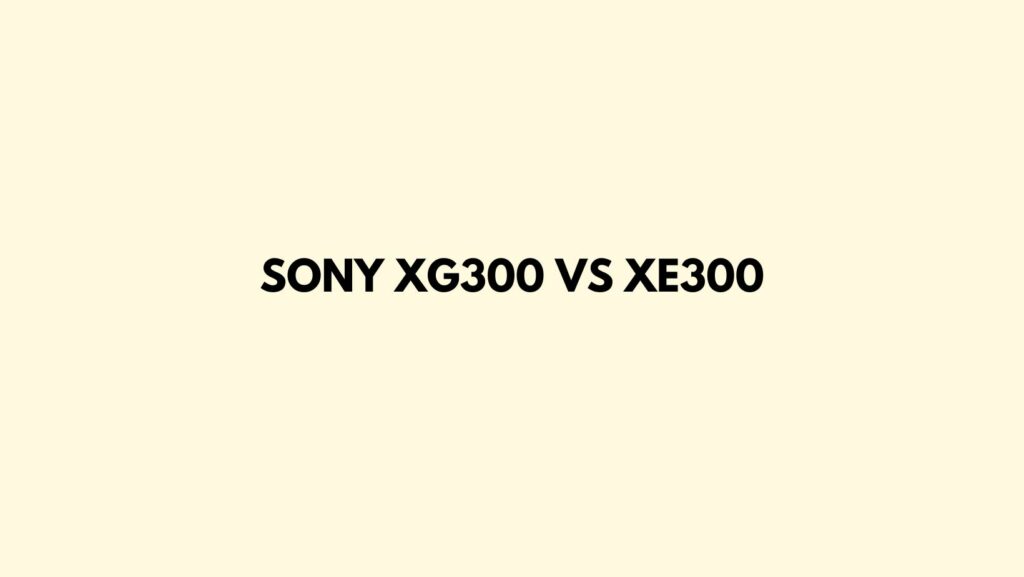Sony continues to be a dominant force in the audio industry, consistently pushing the boundaries of sound technology. In this comprehensive comparison, we delve into the world of portable speakers to dissect the differences and similarities between two formidable contenders: the Sony XG300 and XE300. As both models promise immersive audio experiences, we’ll explore their features, performance, and unique qualities to help you make an informed decision.
Design and Build:
The XG300 and XE300 exhibit Sony’s commitment to blending style with durability. The XG300 boasts a modern and angular design, exuding sophistication. Its robust construction, featuring water and dust resistance, is well-suited for outdoor adventures. In contrast, the XE300 takes a different approach with a sleek and minimalist design, emphasizing simplicity and portability. Both speakers, however, share a premium build quality indicative of Sony’s attention to detail.
Sound Quality:
When it comes to audio performance, the XG300 and XE300 cater to different preferences. The XG300 places a strong emphasis on overall balance and clarity, making it an ideal choice for audiophiles seeking a nuanced and detailed sound signature. With support for High-Resolution Audio, this speaker excels in delivering a faithful reproduction of various music genres.
On the other hand, the XE300, while also delivering high-quality sound, is part of Sony’s Extra Bass series. This means it is engineered to provide a powerful and dynamic low-end response, making it a go-to option for those who appreciate deep bass in genres like hip-hop, EDM, and pop. The XE300 strikes a balance, ensuring that bass lovers can revel in thumping beats without compromising overall audio quality.
Connectivity and Features:
Both speakers come equipped with a range of connectivity options, including Bluetooth and NFC. The XG300, however, distinguishes itself with its versatile EQ settings, allowing users to customize the audio profile according to their preferences. This feature caters to individuals who enjoy fine-tuning their listening experience for different music genres or scenarios.
The XE300, while lacking the customizable EQ of the XG300, compensates with practical features such as voice control compatibility and hands-free calling. These elements enhance the speaker’s usability in various settings, providing a seamless and convenient user experience.
Battery Life:
Portable speakers demand reliable battery life, and both the XG300 and XE300 deliver in this aspect. Both models provide extended playtime, making them suitable for on-the-go use. The specific battery life may vary depending on usage and volume levels, but users can expect a dependable performance from either speaker.
Conclusion:
In the battle of the Sony XG300 vs. XE300, the ultimate choice depends on individual preferences and priorities. If you prioritize a balanced audio profile with a focus on clarity and detail, the XG300 stands out. On the other hand, if you’re a bass enthusiast who craves powerful lows without compromising overall sound quality, the XE300 is an excellent pick.
Sony’s commitment to excellence shines through in both models, showcasing the brand’s versatility in catering to diverse audiophile preferences. Whether you lean towards the refined audio of the XG300 or the robust bass of the XE300, Sony has crafted speakers that promise an exceptional listening experience.


